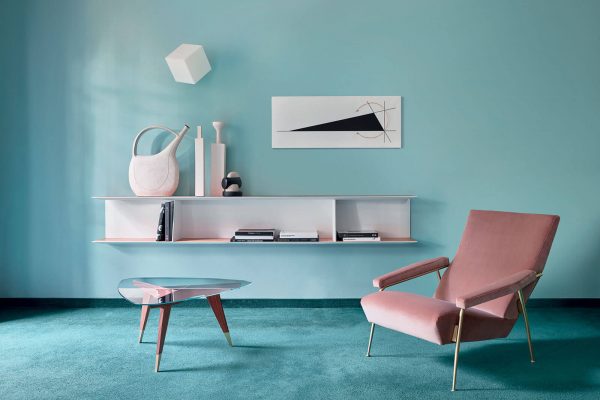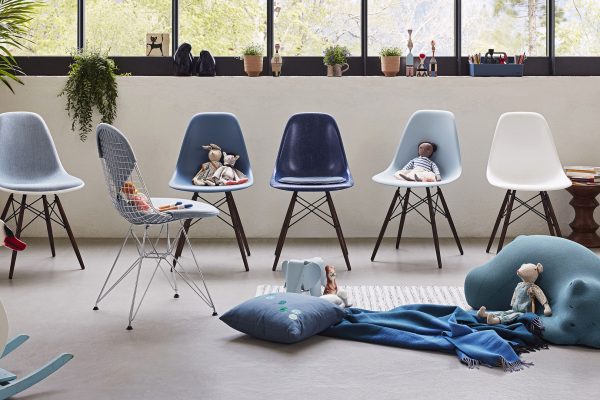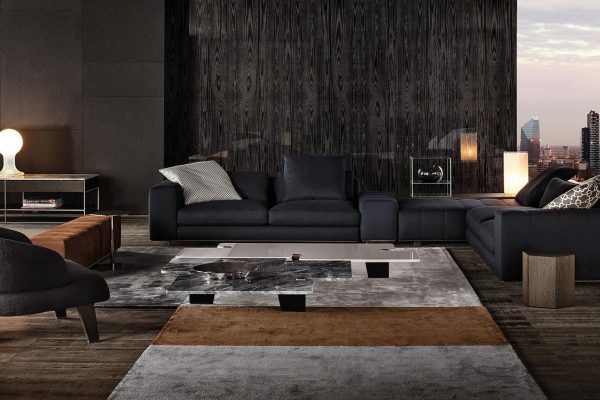How is changing the perception ofcontemporary designer furniture, how contemporary furniture fits into new environments.
Design andcontemporary designerfurniture in general has a history rooted in time, especially in Italy. However, the mechanism that fuels this industry has been unchanged forever, or almost forever.
Perhaps only in this latest period of dramatic change in the social order of the world is design also undergoing an evolution as perhaps never before. Contemporary furniture, if you want to call it that, is technically in the same positions as last century: there is furniture for the living room, for the kitchen, for the bathroom, and for all other private and public spaces. What has changed?
Perceptions have changed, the method of enjoyment, purchase, and most importantly, value has changed over time. A piece of furniture is no longer forever because a house is no longer forever, the flexibility of society has declined in every sector from fashion to food through design. Contemporary designfurniture has found in names such as Patricia Urquiola, Antonio Citterio or brands such as Vitra and Artek a strong reinterpretation of classic design values in favor of new trends, which are perhaps no longer trends but real new societal patterns.
The advent of digital and earlier globalization have split the market, as in any evolution not without flaws or problems.
The design landscape is vast and multifaceted, a first step in the new society has been taken but from now on the road becomes new and long. An undiscovered journey where millennials will become protagonists in every respect, both as opinion leaders in the market and as new customers in a rapidly changing industry.



